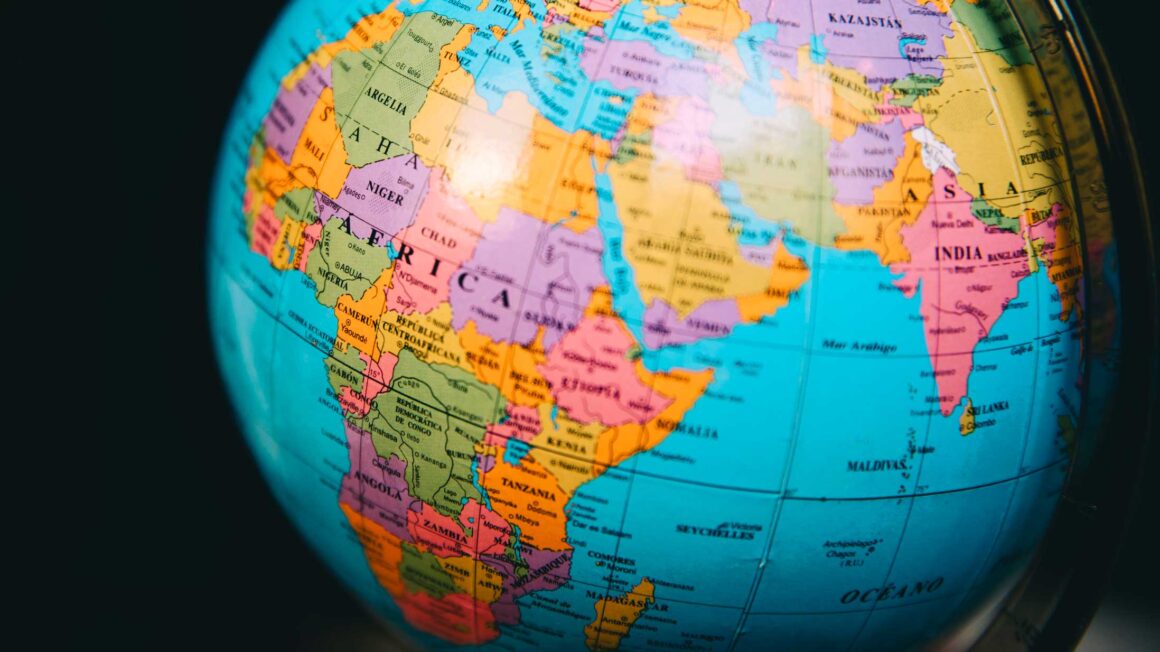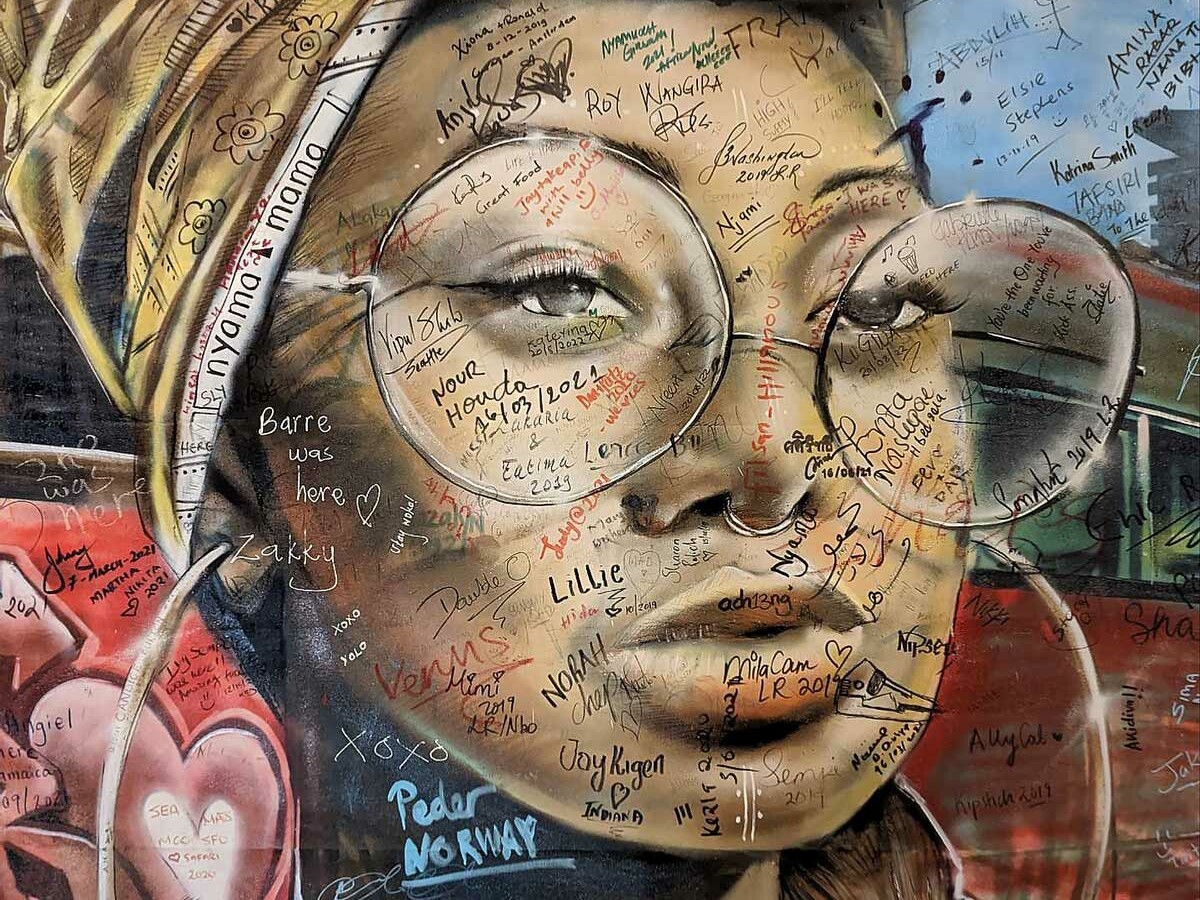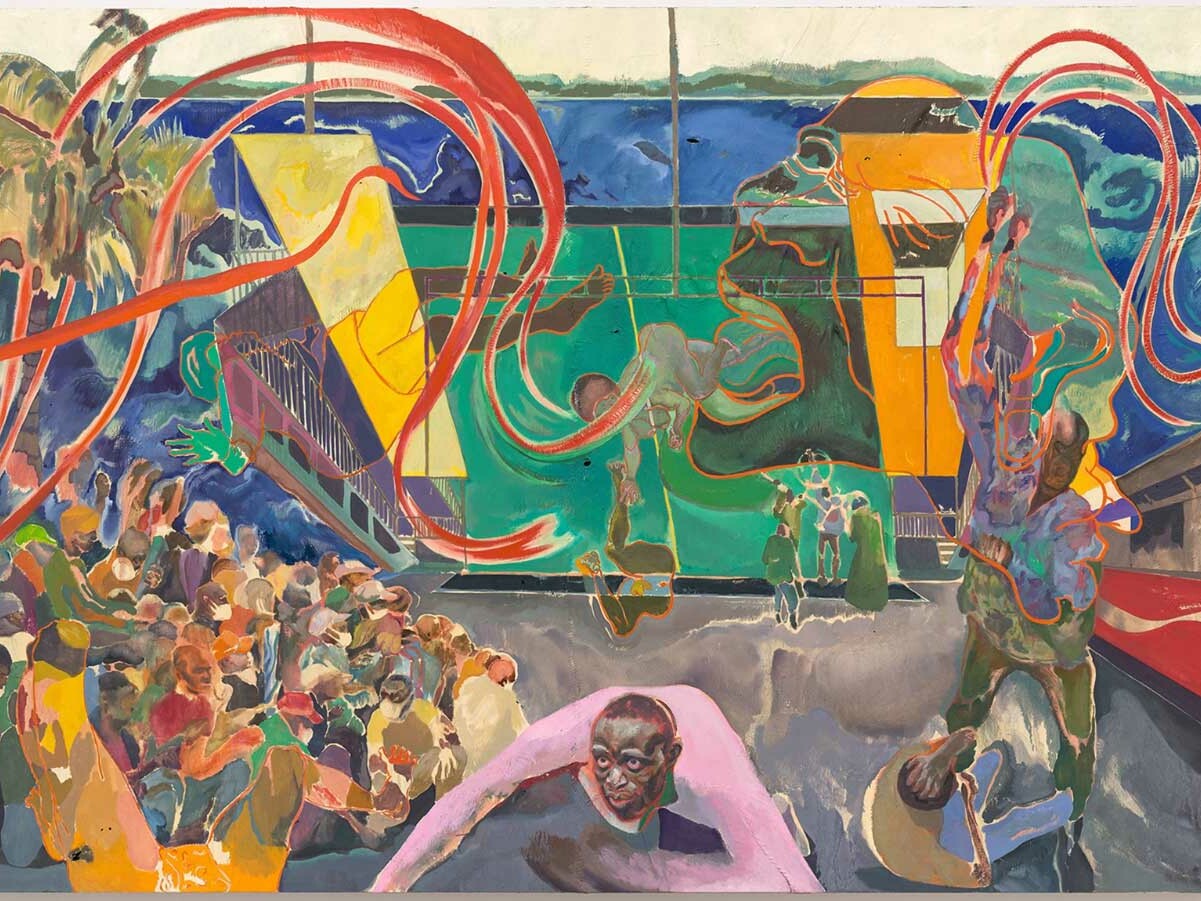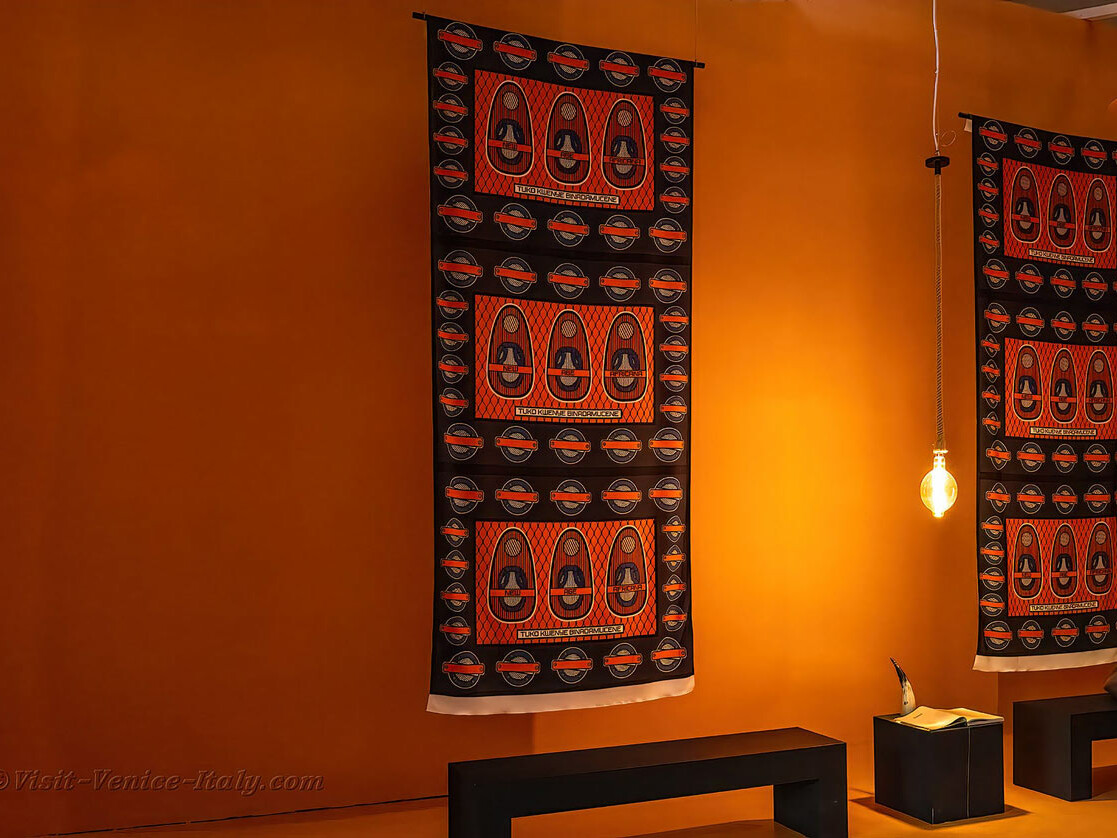The world of design is fast evolving and keeping up with the latest trends is essential for staying ahead in the industry. As we move into 2023, we expect to see a number of new trends emerge and some long-forgotten ones re-emerge. From microscopic design and AI-generated art to serif typefaces and eccentric design, these visual trends will shape the way we interact with the world. Here are our predictions of the trends that will shape 2023, and what you should watch out for in the coming year.
1.Microscopic Design
There’s a design practice called micro design which involves focusing on small details and making them perfect, creating visually striking and engaging designs. This might include things like using pixel-perfect typography, experimenting with small animations, or paying close attention to small design elements such as icons and buttons. Micro design can be seen as an extension of minimalism, where instead of stripping away elements, designers focus on perfecting the details that are left.
In 2023, we’ll experience an extension of micro design in a visual trend called microscopic design. This design practice will delve deeper into the microscopic world. The use of microscopy-inspired elements in design will bring an unexpected and unique visual dimension to design.
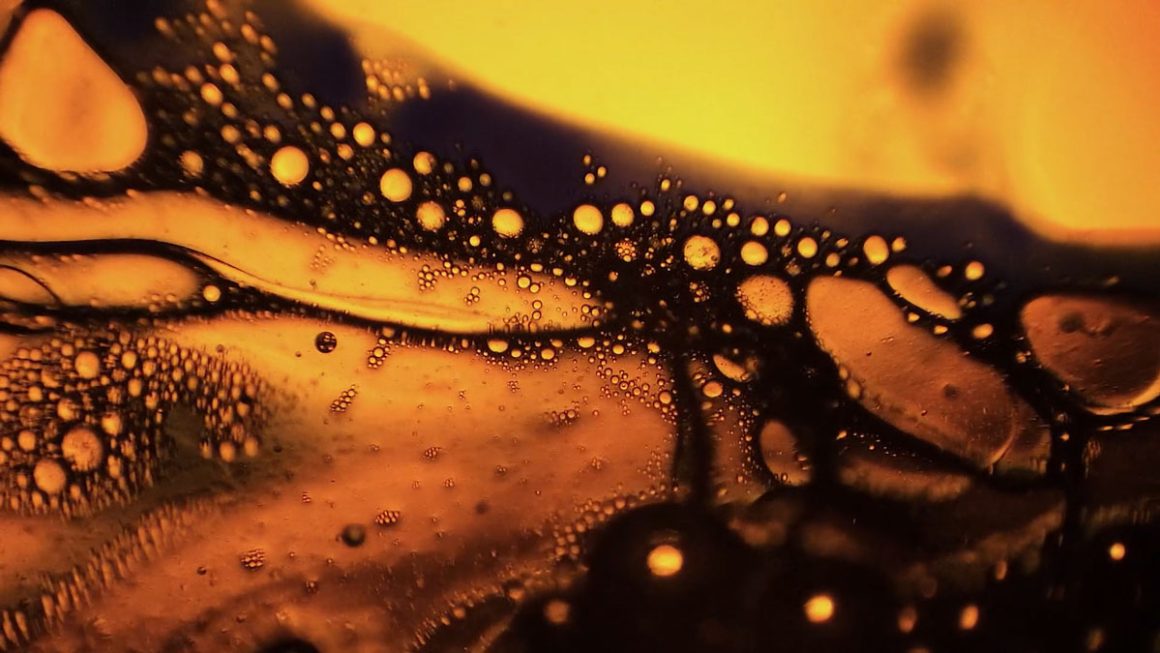

2.Climate Change Content
Climate change is becoming an increasingly pressing issue, and its impact is being felt around the world. As a result, designers and businesses are beginning to incorporate climate change content into their designs, bringing elements of environmental activism into the design world.
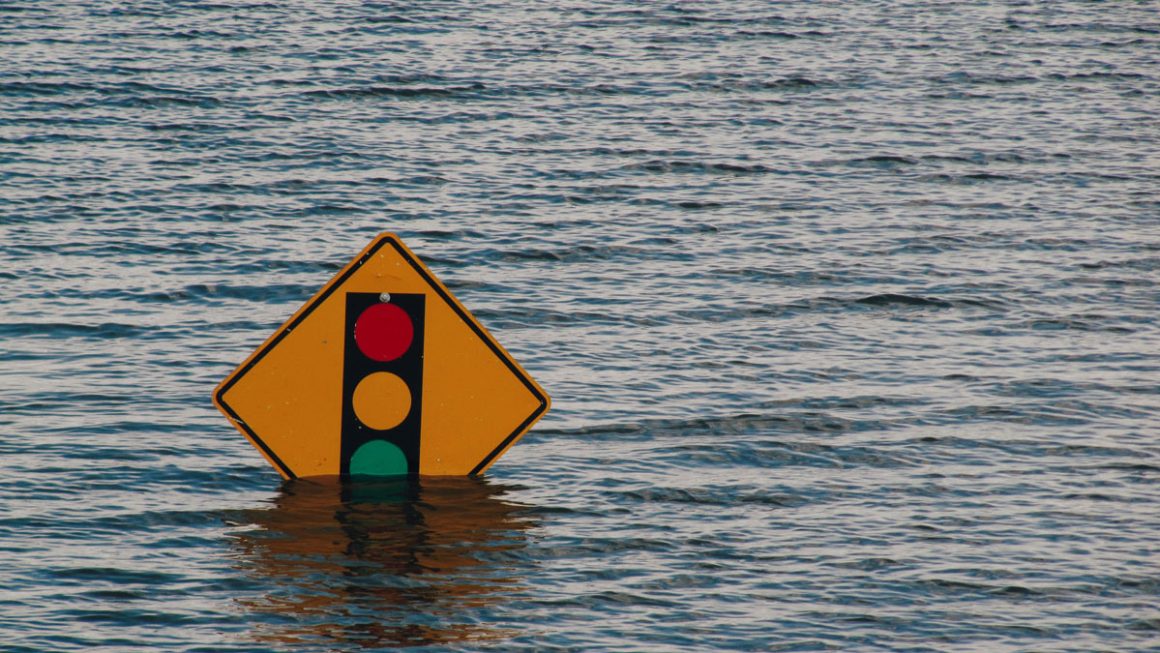
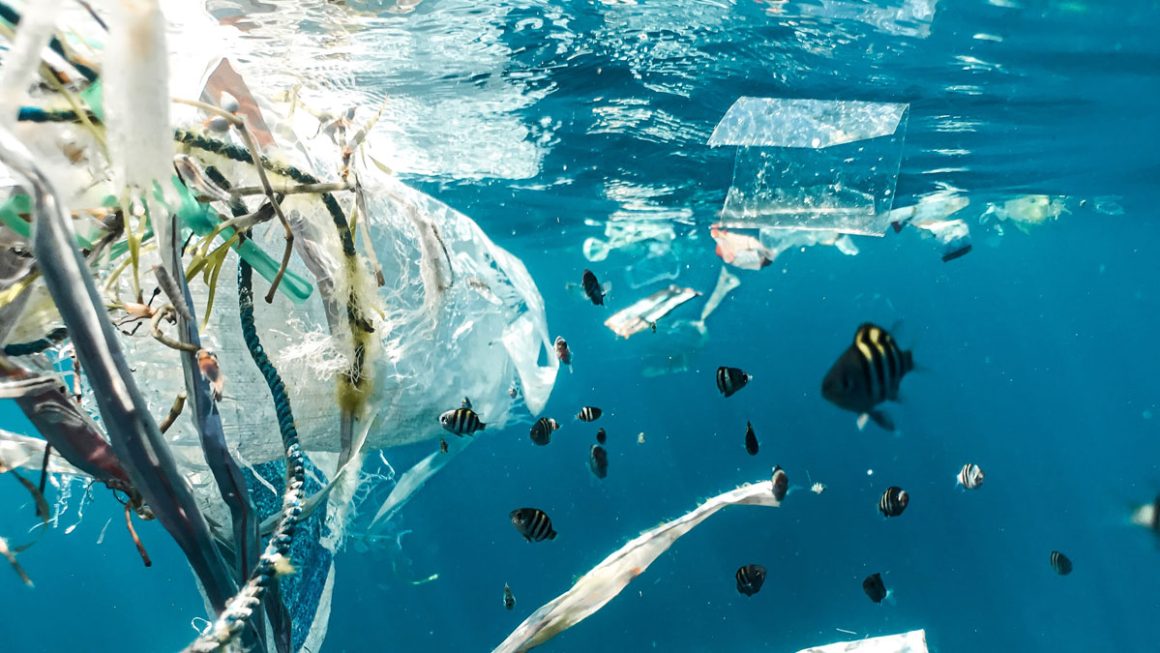
3.Surrealist Art
2023 will see renewed emphasis on creatively curious art that challenge convention. These strange images and bizarre juxtapositions reflect the impact of current cultural influences around the world. Within the last several years, much has happened that has shifted everyone’s outlook. The status quo has been challenged in all manner of ways. If you combine the mind-boggling historic events that seem to be happening around us with the infusion of AI-generated art that has exposed designers and artists to a wealth of new possibilities, what you get is a generation of designers with expanded imaginations who can push the boundaries of what has been possible in art and design upto this point.
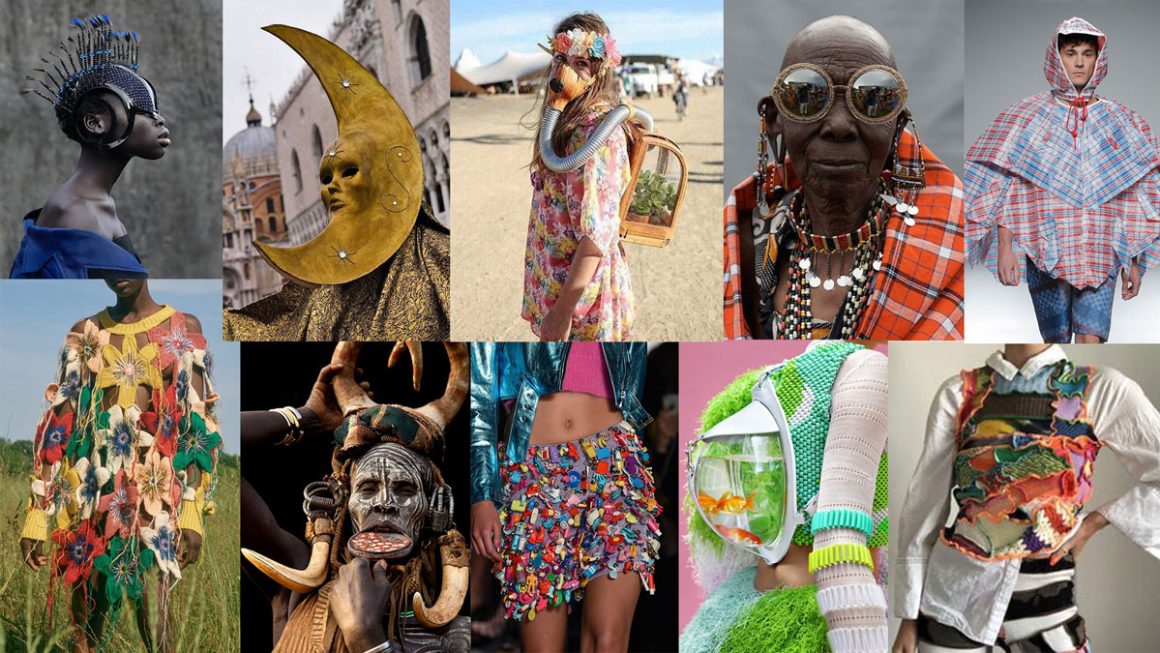
This has led to a rise in designs that are unconventional, experimental and at times, bizarre. Expect to see more of this surrealism trend characterized by dream-like scenes, bizarre assemblages of ordinary objects, distorted figures, child-like designs, taboo subject matter and a spirit of spontaneity.
4.Bright Colors
The use of bold hues and vibrant colors and gradients in design is expected to continue its upward trajectory in 2023, as designers look to create designs that radiate positivity and optimism. The incorporation of bright and bold colors into designs helps to create a sense of energy and movement, which can be used to draw attention to specific elements or messages.
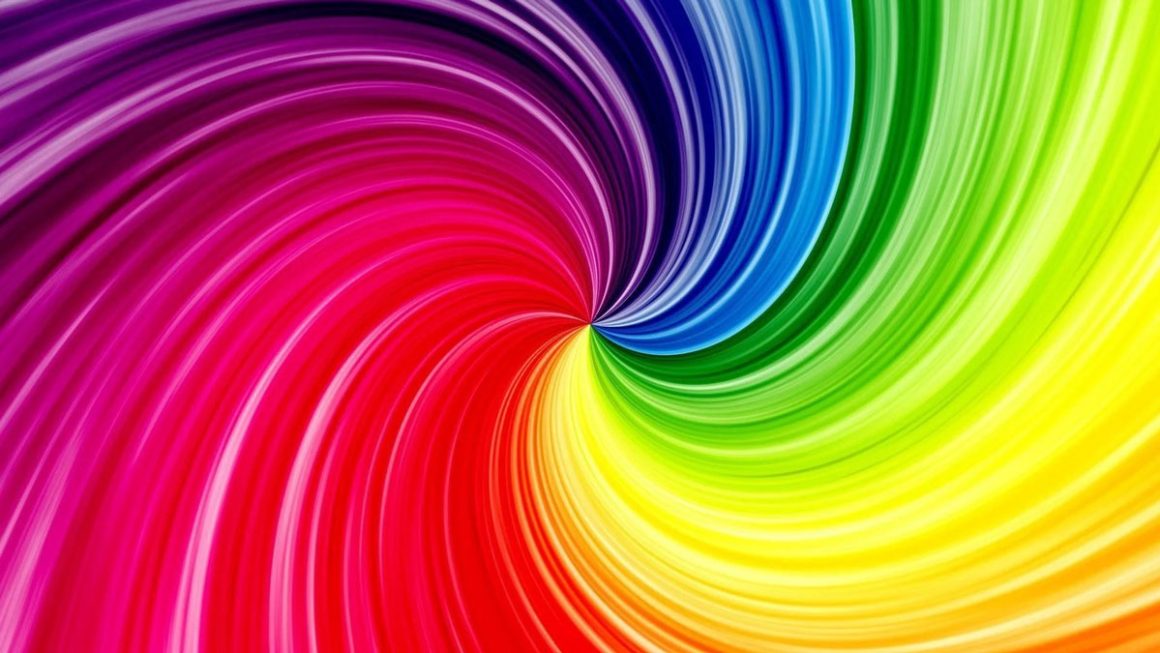
5.Video is King
The primary role that video content is taking in our lives is expected to be a key visual trend in 2023, evidenced by the rise of TikTok and the focus other consumer internet companies have put on developing video content and capabilities. The growing popularity of video content has been driven by the increased accessibility of high-speed internet, which has made streaming and watching videos on-demand an everyday occurrence for many people.
Video content has become a staple across various platforms, including social media, e-commerce, and entertainment. The rise of TikTok, which has primarily focused on short-form videos, has been particularly noteworthy in recent years, showcasing how video content can be not just entertaining but also educational and informative. Consumer internet companies have been quick to capitalize on this trend, by putting more focus on video content in their products and services. This is a trend that shows no signs of slowing down and video content will continue to play a primary role in the way we consume and interact with the digital world.
6.Podcasts
As we look ahead to 2023, one trend in content consumption that is worth noting is the rise of podcasts. Podcasts have seen a surge in popularity in recent years, with an increasing number of people tuning in to listen to their favorite shows. One of the reasons for this trend is that podcasts are incredibly easy to consume, requiring very little active participation on the part of the listener. They can be listened to while doing other tasks, such as commuting, cooking, or working out, making them a convenient way for people to stay informed and entertained.
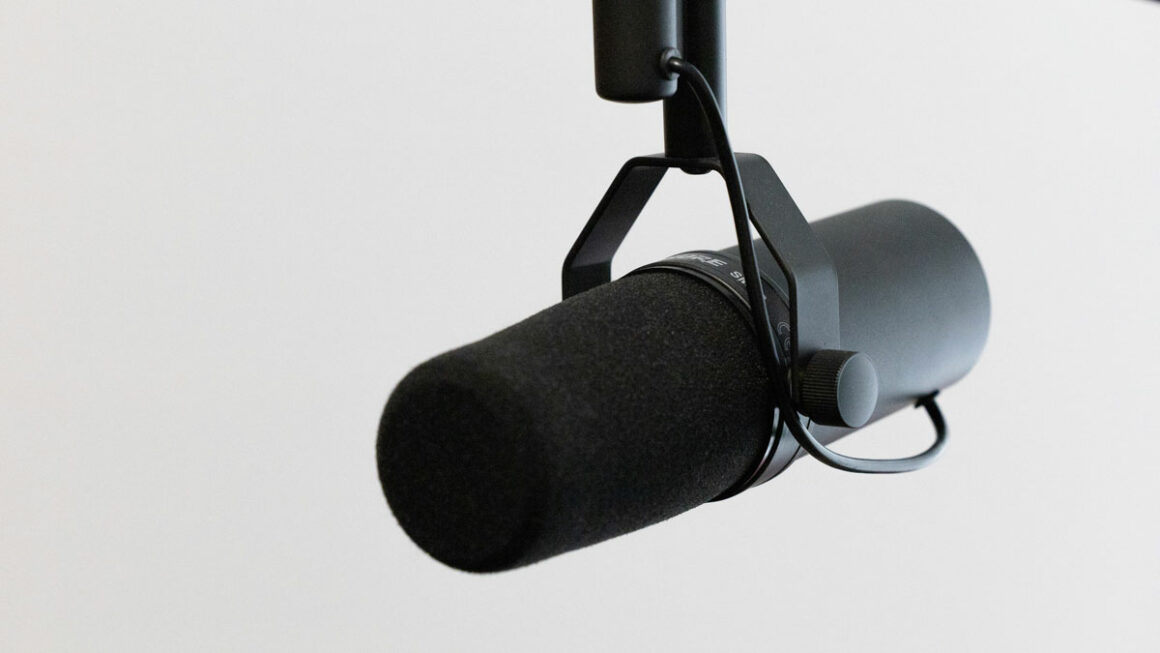
7.AI-Generated Art
Another visual trend that is likely to make a big impact on the world of design in 2023 is the influx of AI-generated art. While the technology is still in its early stages, it has already begun to generate a lot of buzz in the art world.
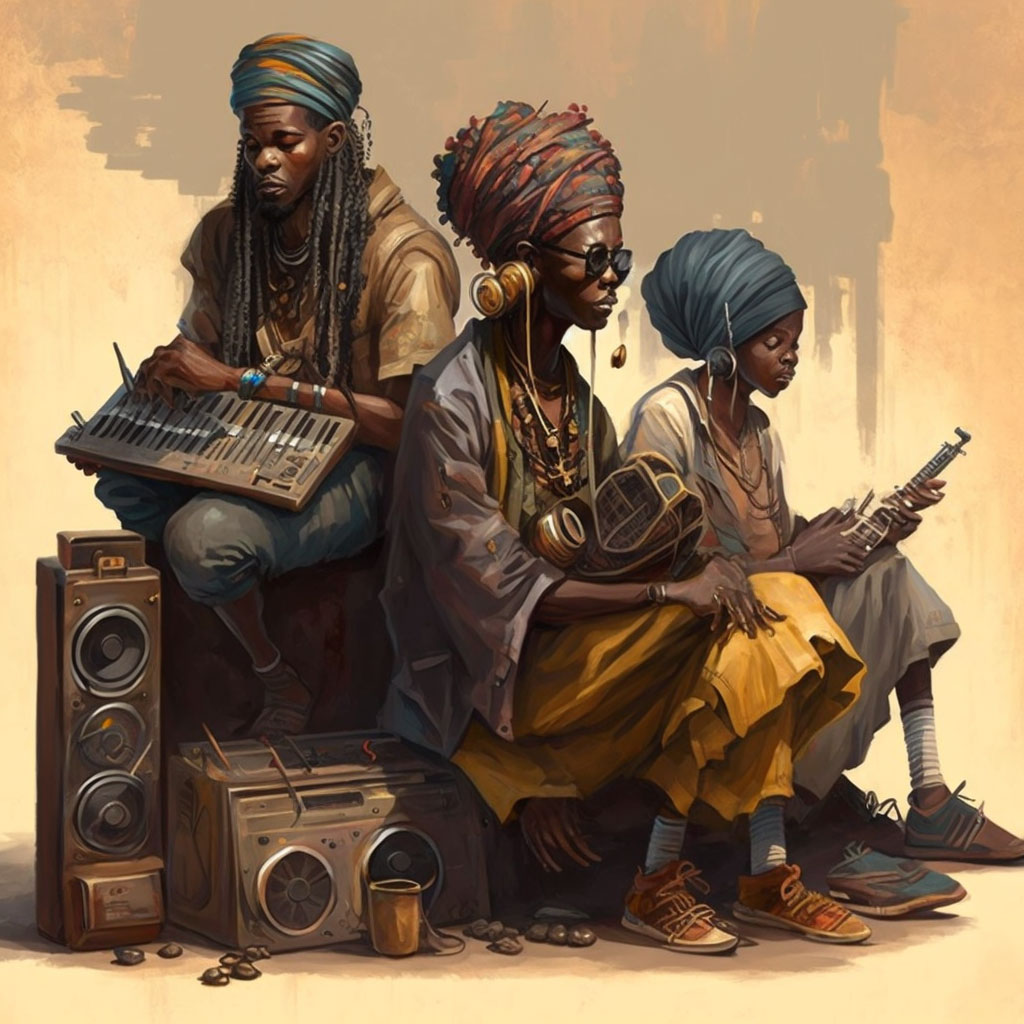
However, the rise of AI-generated art has also been met with mixed feelings, as many artists express concerns about the potential for job losses and copyright issues around algorithm training data sets. There are those who see the potential for AI-generated art to expand the boundaries of imagination and challenge our perceptions of what is possible in design. For artists who embrace the technology, their ability to create designs that stand out, capture attention and create a sense of intrigue will only be augmented further. As the technology continues to improve, expect to see more of AI-generated content entering the mainstream.
8.Serif and Handwritten Fonts
As we look ahead to 2023, one trend in design that is going to be worth noting is the renewed popularity of serif and handwritten fonts. These typefaces have a long history of use in printed materials, but in recent years they have seen a resurgence in digital design as well. One reason for this trend is a renewed appreciation for the human touch in a world that is increasingly embracing AI-generated art. People are seeking out design elements that feel handcrafted and authentic, and serif and handwritten fonts are a natural way to convey that sense of warmth and humanity.
Serif fonts, in particular, are often associated with tradition and formality and are often used in printed materials such as books and newspapers. On the other hand, Handwritten fonts give off more casual and personal touch and have been used in digital spaces such as social media and blogs.
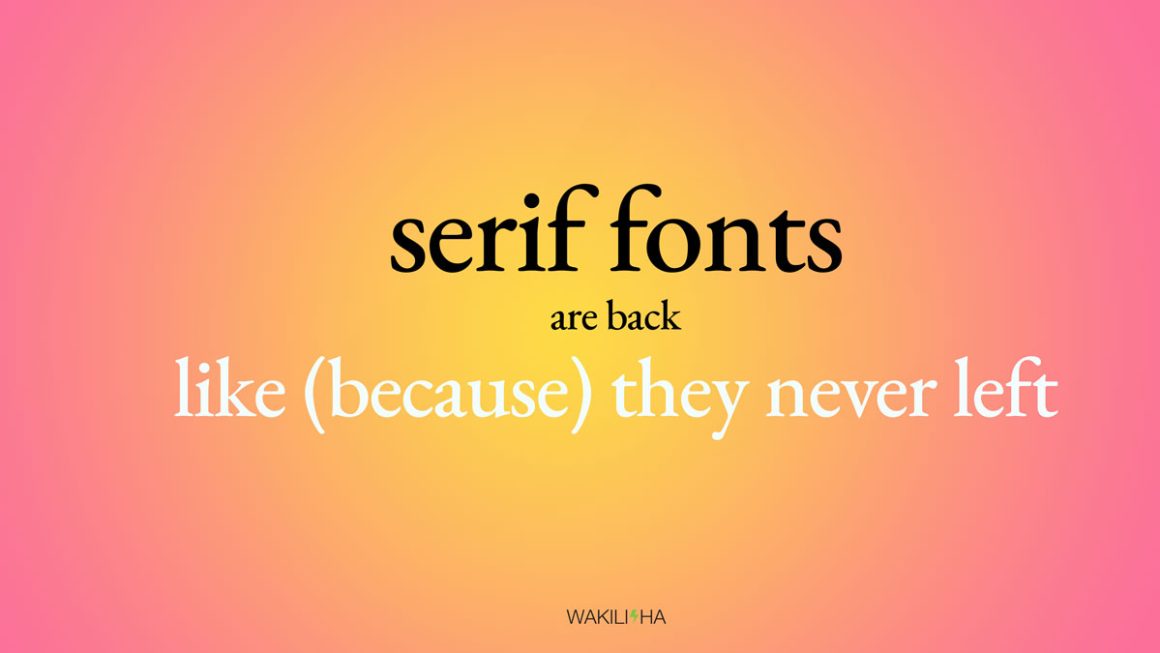
9.Minimalism Still Cool
In a world where we are constantly bombarded with information, it’s no surprise that minimalism remains a popular trend in design. The clean lines and sparse use of elements in minimalist designs create a sense of calm and order, making it easier for users to focus on the task at hand. This simplicity also extends to user interfaces, where minimalism is being embraced as a way to declutter and streamline the user experience.
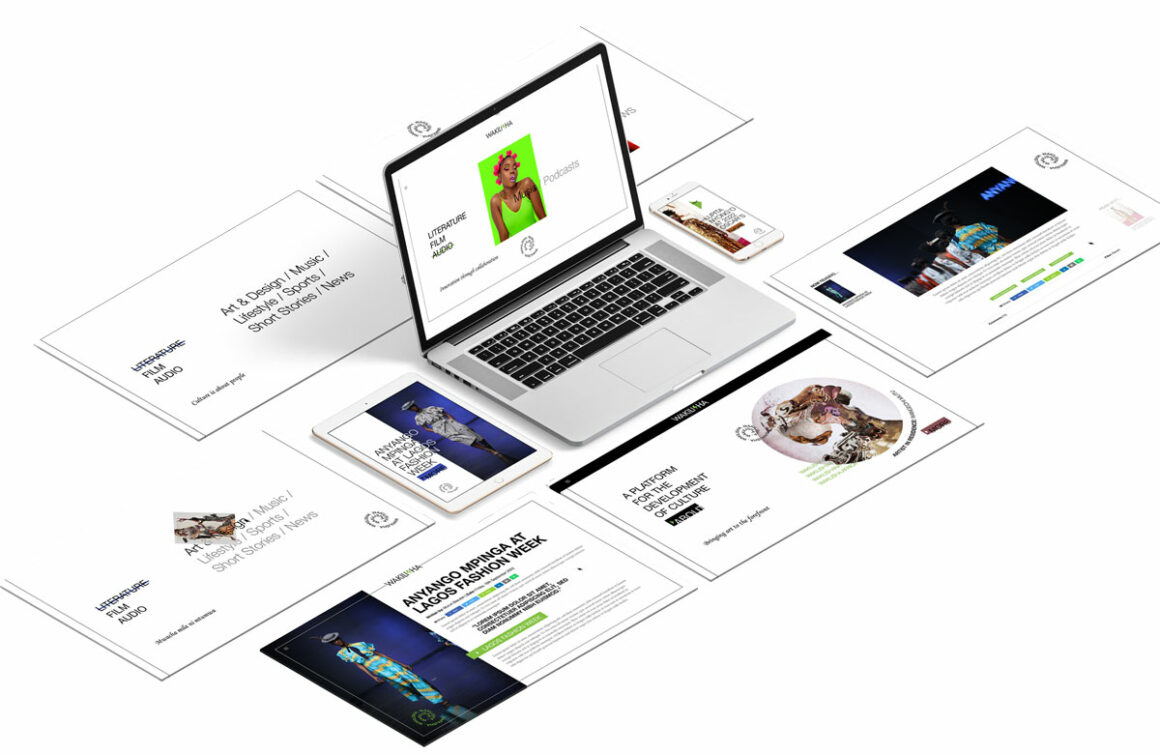
As we take on 2023, designers will continue to prioritize simplified user experiences while looking for ways to make interacting with technology as seamless and stress-free as possible. We believe minimalism will keep on being a go-to design aesthetic. Expect to see more designers opt for clean, simple and uncluttered designs in the coming year.
10.Increased Data Consumption
As more and more countries roll out 5G networks and access to high-speed internet becomes more widespread in 2023, we expect to see an increase in data consumption. Wide access to high speed internet will greatly boost the consumption of video content, whether in form of streaming, gaming, Virtual Reality or Augmented Reality.
Additionally, with the rising trend of more and more people working and studying remotely, this will lead to greater use of communication and collaboration platforms, which consume a sizable amount of bandwidth. We expect that these factors among others will contribute to a significant increase in global data consumption.
With faster internet speeds, it will be easier to create, deliver and consume high-quality video content, interactive animations, and other rich media experiences that were previously not possible. Increased internet speeds are not an excuse for bloated software, however. There is still a need to create lightweight and performant designs that regard optimization highly to ensure smooth loading times and user experiences.
11.Pro-African Design
In recent years, there has been a growing movement towards pro-African narratives. This shift in perspective is a marked departure from the traditional narrative that has long portrayed Africa as a land of poverty, war, and despair.
Instead, there is a growing recognition of the continent as a land of opportunity, growth, and creativity. With a burgeoning youthful population and rapidly developing economies, Africa is increasingly seen as a source of inspiration for innovative solutions.
In art, there is a growing interest in the use of traditional African motifs, patterns, and colors in contemporary design, as well as a renewed focus on the contributions and perspectives of African designers and artists. In commerce, African startups make a sizable number among global startups that have received billions of dollars in funding. As we move forward into 2023, it is likely that we will continue to feel the positive influence of Africa in the trends shaping the world in 2023.
12.Handmade
One of the visual trends to take note of is the rising preference for handmade items in design. This trend can be attributed in part to the increasingly digital lives that people are leading. With more and more of our experiences taking place on screens and through computer-generated means, there is a growing desire for tactile, handcrafted objects that provide a sense of authenticity and human connection.
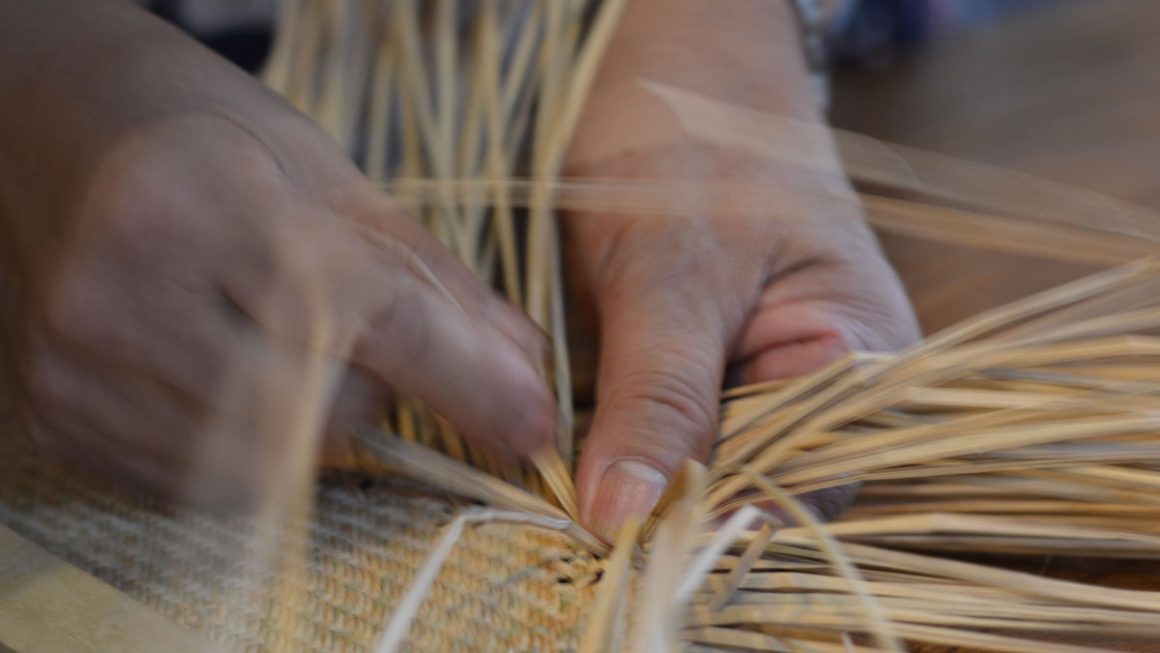
13.Escape to Space
A visual trend that’s been gaining momentum in recent years and set to continue in 2023 is the rekindled fascination with space and all things interstellar. This renewed interest in space can be attributed in part to recent developments such as the democratization of space travel by private companies like SpaceX and the launch of the James Webb Space Telescope. These advances have made space more accessible and have reignited the public’s imagination about the possibilities of space exploration and colonization.
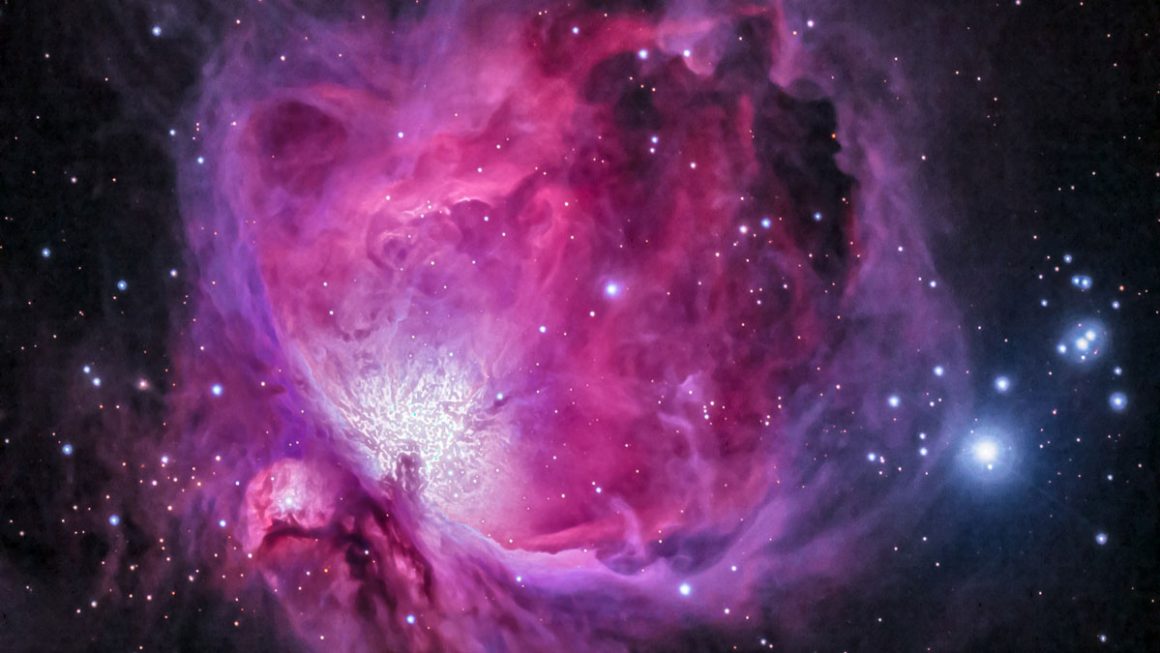
14.Embracing the Imperfect
The recent shift in design trends towards a more raw and natural aesthetic will pick up the pace in 2023. People are increasingly embracing the imperfections in everyday things, recognizing that the roughness and uniqueness of these elements are what make them special. This is a departure from the polished, perfect and crisp design trend that has been popular in the recent past.
Instead of striving for flawlessness, designers and consumers alike now value the unique and authentic, hand-made qualities of an object. This trend can be seen in the growing popularity of materials like concrete, wood and even raw metal, which are left exposed and celebrated for their natural texture and patina. By embracing the imperfections in our designs, we will be creating a more authentic and relatable aesthetic that resonates with people on an emotional level.
15.Inclusive Design
In recent years, inclusivity has become a crucial marker of our humanity. As society becomes increasingly aware of the importance of creating spaces that are welcoming and accessible to all, it’s clear that embracing people regardless of gender, ability, or sexual orientation is non-negotiable. However, while some countries have made strides in promoting inclusivity, others, like Kenya, still have a long way to go.
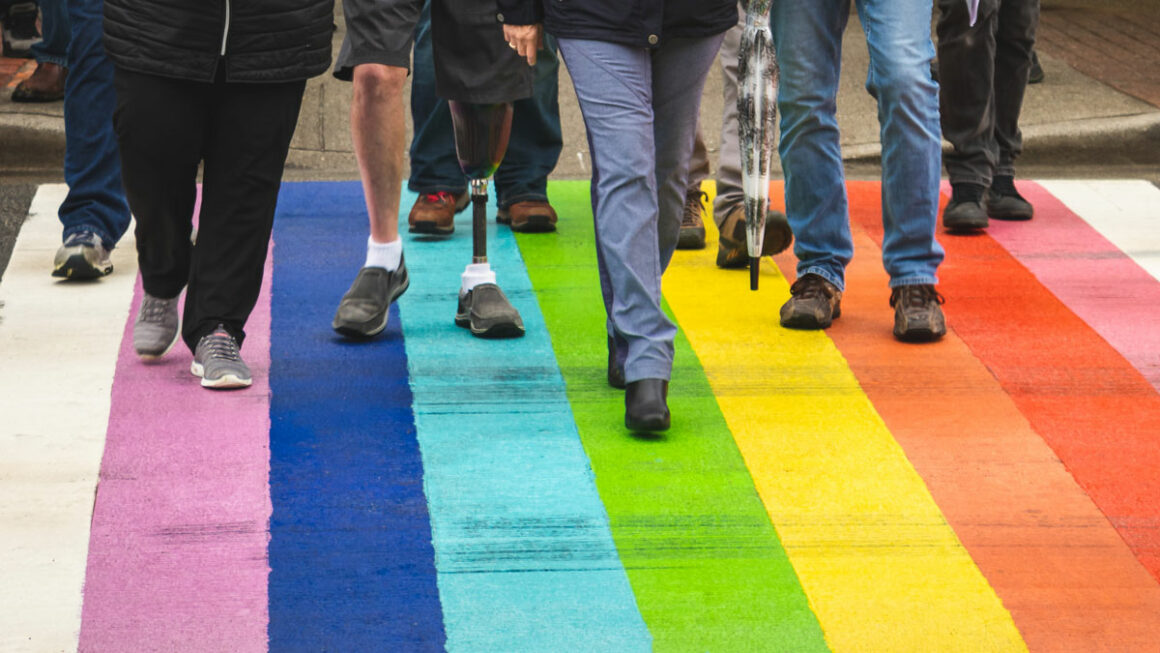
Wakilisha Staff
Our mission is simple: to uplift and safeguard African culture, with all its diversity, for generations to come. We celebrate our heritage and ensure its enduring legacy through in-depth coverage of the happenings across the continent, engaging initiatives, and collaboration with other African cultural practitioners.


